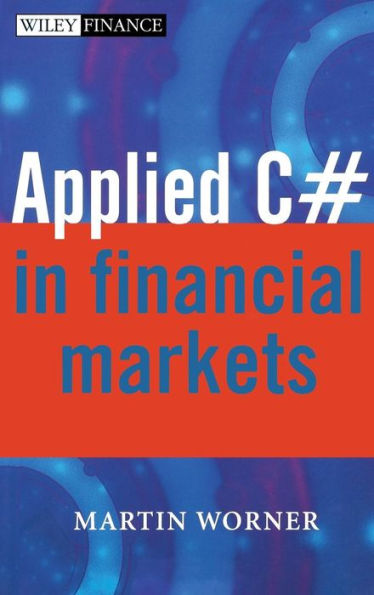5
1
9780470870617


Applied C# in Financial Markets / Edition 1 available in Hardcover

Applied C# in Financial Markets / Edition 1
- ISBN-10:
- 0470870613
- ISBN-13:
- 9780470870617
- Pub. Date:
- 10/08/2004
- Publisher:
- Wiley
110.0
In Stock

Product Details
| ISBN-13: | 9780470870617 |
|---|---|
| Publisher: | Wiley |
| Publication date: | 10/08/2004 |
| Series: | The Wiley Finance Series , #272 |
| Pages: | 144 |
| Product dimensions: | 6.61(w) x 9.61(h) x 0.63(d) |
About the Author
From the B&N Reads Blog
